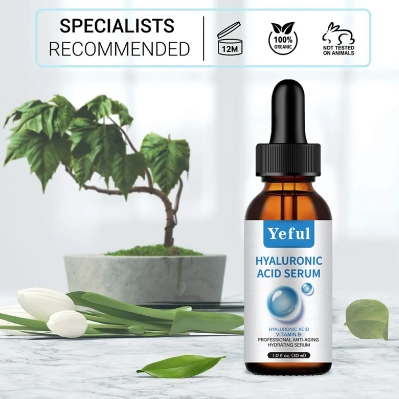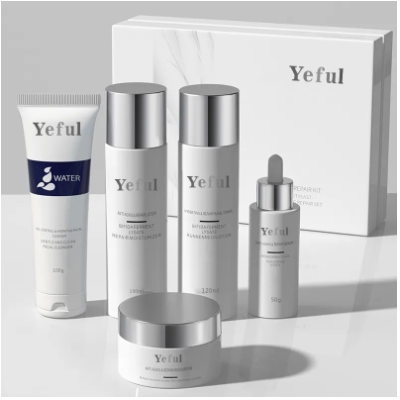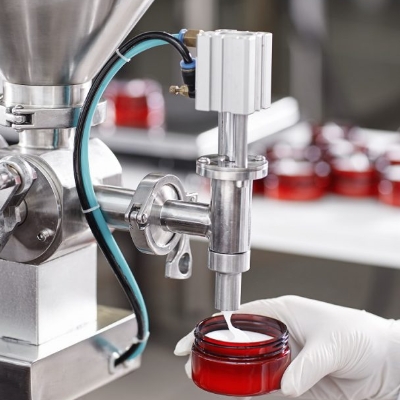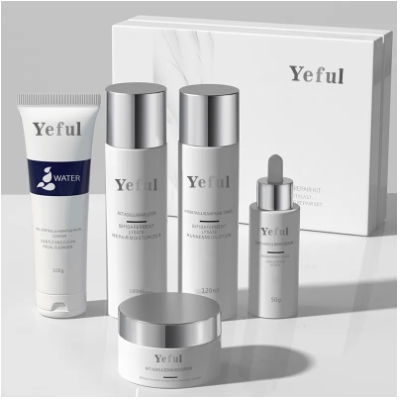Comprehensive Guide to Private Label OEM ODM Facial Skin Care Products
- 2023-12-22 17:29:03
Creating a successful facial skincare line requires attention to detail, quality products, and brand-specific customization. A private label OEM (Original Equipment Manufacturer) or ODM (Original Design Manufacturer) can provide the necessary resources and expertise to bring your product line to life. This comprehensive guide will help you understand the key aspects of working with OEM and ODM partners for your facial skin care products.
Why Choose OEM and ODM Services?
Expertise: The manufacturers specialize in creating beauty products and have extensive knowledge in ingredients, formulations, and trends.
Resource Management: By partnering with manufacturers, you don't have to invest in production facilities, equipment, or workforce.
Certifications: These manufacturers are often certified in good manufacturing practices, ensuring that your products are ethically and safely produced.
Market Adaptability: They can help your brand adapt to changing market trends and demands quickly.
In-depth Overview of Facial Skin Care Products
Cleansers
Foaming Cleansers: Suitable for oily and combination skin types, these cleansers effectively remove dirt, oil, and makeup.
Cream Cleansers: Gentle on the skin, they're ideal for dry and sensitive skin types.
Gel Cleansers: Often recommended for combination to oily skin types, they cleanse without stripping or causing dryness.
Oil Cleansers: Suitable for all skin types, they dissolve makeup and impurities while maintaining the skin's natural moisture barrier.
Toners
Hydrating Toners: Primarily formulated to boost hydration, they often contain humectants such as glycerin and hyaluronic acid.
Astringent Toners: Containing ingredients like witch hazel, they tighten pores and can benefit oily or acne-prone skin types.
Soothing Toners: Formulated with calming ingredients like chamomile, they are ideal for sensitive or irritated skin.
Exfoliants
Physical Exfoliants: These contain fine particles or granules to mechanically slough off dead skin cells.
Chemical Exfoliants: AHA (alpha-hydroxy acids), BHA (beta-hydroxy acids), and PHA (polyhydroxy acids) gently exfoliate and improve the skin's texture and appearance.
Treatments
Serums: Lightweight, highly concentrated solutions that address specific skin concerns like hydration, brightening, or anti-aging.
Essences: Similar to serums, but with a more lightweight consistency, they hydrate and prep the skin for better absorption of other products.
Spot Treatments: Targeting specific skin issues like pimples or dark spots, they often contain potent ingredients like salicylic acid or retinol.
Moisturizers
Night Creams: Richer in texture, they're formulated to keep the skin hydrated and support the skin's regeneration process during sleep.
Day Creams: Often containing SPF, they provide adequate hydration and protection from the sun while maintaining a lightweight feel.
Facial Oils: Nourishing and versatile, they can be used alone or mixed with other products to boost hydration and improve the skin's protective barrier.
Masks
Sheet Masks: Pre-cut, single-use facial masks soaked in serums, address a wide range of skin concerns.
Clay Masks: Ideal for deep cleansing and tightening pores, they're typically best for oily or acne-prone skin types.
Gel Masks: Hydrating and soothing, they provide an instant refreshing effect and are suitable for all skin types.
Sun Protection
SPF Creams: Available in varying strengths, they protect the skin from harmful UVA and UVB rays while providing hydration.
Mineral Sunscreens: Formulated with physical sun-blocking agents like zinc oxide or titanium dioxide, they work well for sensitive skin types.
Tinted Sunscreens: Offering light coverage and SPF, they combine makeup and sun protection in one product.
Eye Care
Eye Creams: Targeted products addressing concerns like dark circles, fine lines, and puffiness around the eye area.
Eye Gels: Lightweight, cooling formulations that help soothe the delicate eye area.
Eye Serums: Highly concentrated solutions that effectively tackle specific eye area concerns.
Comprehensive Steps to Partner with an OEM/ODM Manufacturer
Market Research: Analyze the market trends and identify the most suitable facial skin care niche for your brand.
Define Your Brand Identity: Establish your brand's values, target audience, and positioning in the market.
Product Conceptualization: Develop a product line strategy, including the unique selling proposition, range of products, and pricing.
Manufacturer Research and Selection: Assess past clients, product quality, industry certifications, product specialties, and service offerings.
Product Formulation: Work closely with the manufacturer to develop bespoke formulations that are safe, effective, and tailored to your target audience.
Packaging Design: Collaborate with the manufacturer to create custom packaging that aligns with your brand aesthetic and meets regulatory requirements.
Quality Assurance & Testing: Implement a thorough quality control process, including stability, compatibility, and efficacy testing.
Regulatory Compliance: Ensure that all relevant local and international regulations are met, including labeling, ingredient disclosure, and product registration.
Marketing & Launch: Develop marketing materials, such as product descriptions, images, and promotional assets, and prepare for a successful product launch in your target channels.
By carefully considering your brand strategy, product offering, and working with a reliable and experienced OEM/ODM manufacturer, your facial skin care product line can take flight and succeed in meeting the unique needs of your customers.




